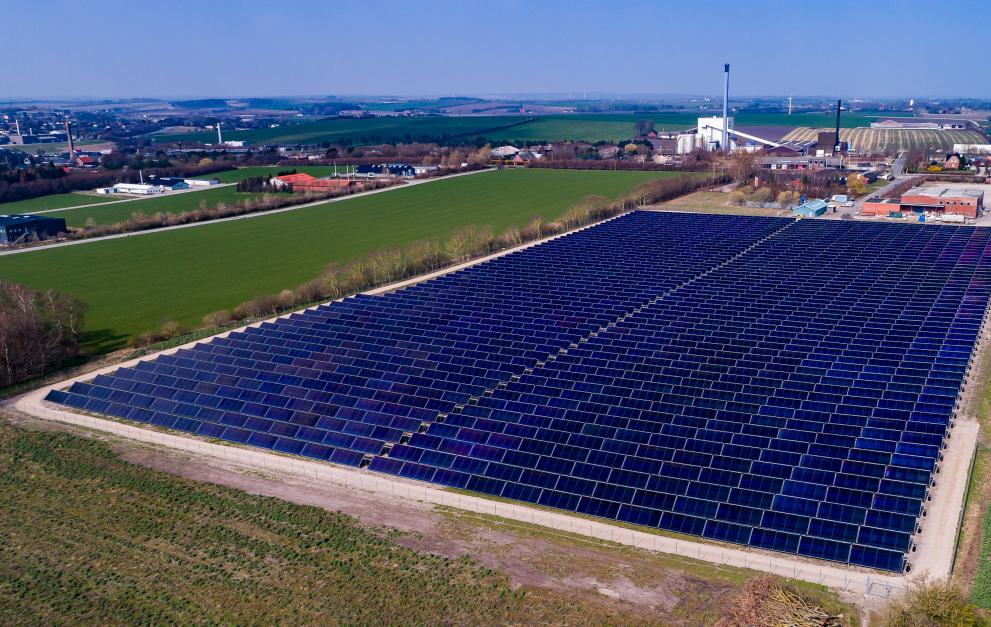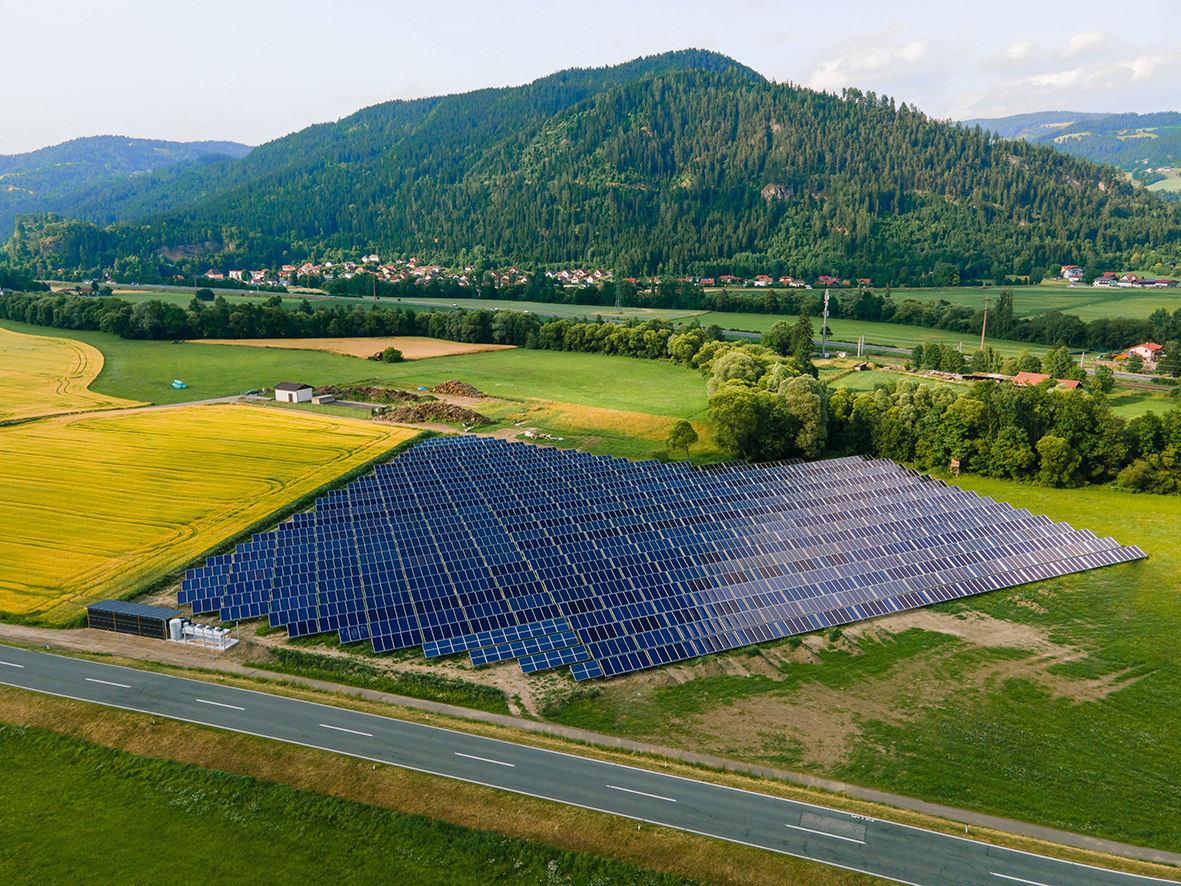
Solar Heating Installation in Greena, Denmark
As cities strive to transition towards a low-carbon future, they can make significant strides by decarbonising their district heating systems. In our most recent webinar “Solar Heating: how can cities decarbonise their district heating systems?”, organised alongside IEA SHC Task 68 Efficient Solar District Heating, we highlighted the potential of solar heating technologies. It has been demonstrated that solar heating plants can be installed across Europe, offering a proven and sustainable solution.
Advantages of Solar Heating for District Heating
Solar heating technology offers numerous advantages that extend beyond decarbonisation. Firstly, it enhances the security of energy supply, reducing dependence on fossil fuels. By utilising abundant solar energy, cities can ensure a stable and reliable heat supply for their residents. Additionally, solar heating keeps heat affordable over the long term, providing economic benefits to both the community and individual households. The installation and maintenance of solar heating systems also create local job opportunities, contributing to regional economic growth. Notably, many of the solar heating technologies are manufactured within Europe, further boosting the local economy.
Successful Installations and Capacity
Solar heating systems have been successfully deployed by various entities, including private companies, municipalities, and energy communities. One notable example is the town of Mengsberg in Germany, where an energy community has harnessed solar heating to supply district heating. These installations have shown that solar heating can meet approximately 20% of the heat demand for a district heating network. With the integration of a seasonal storage system, this figure can be increased to around 60%, although the typical range is closer to 40%. By combining solar heating with other heat sources such as biomass, cities can further reduce pressure on biomass resources. Solar heating can cover the entirety of the heating needs during summer, allowing for maintenance of biomass boilers, optimizing their efficiency and extending their lifespan.
The Case of Friesach, Austria
The city of Friesach in Austria serves as an inspiring example of a successful solar heating installation. Motivated by the desire to increase the use of renewable energy and boost local value creation, Friesach installed a solar heating system in 2019. The project's success was attributed to various factors, including subsidies at the federal and national levels, the availability of suitable land, strong partnerships, and political engagement. A key aspect was the ability to connect the historical heritage of the medieval city with a modern, future-oriented energy supply, which resonated with the community.

Solar District Heating Installation in Friesach, Austria. Photo: GreenONETec
The case of Friesach also teaches us that when implementing solar heating systems, it is crucial to address land use issues and environmental concerns. This was also key to get everyone on board with the project. Engaging with all stakeholders, including environmental NGOs, is vital to minimize the impact on biodiversity. Strategies can include installing solar fields at a sufficient height to allow land access for grazing animals or carefully selecting locations that minimize disruption to wildlife habitats.
The case of Salaspils, Latvia
The municipal energy company of Salaspils, Latvia, successfully transformed its old Soviet-era district heating system, primarily reliant on fossil fuels, into a modern and sustainable system. The company achieved an impressive 95% renewable energy and heat recovery supply by combining solar heating with biomass. The transformation was made possible through a phased approach starting with a 7 MW wood chip boiler in 2012 and ending with the 15 MW solar collector field in 2019. Subsequently, EU funds were attracted to finance the solar installation. A notable aspect of the system is the use of an 8,000 m3 steel tank for heat storage, enabling the utilization of solar energy even during periods of limited sunlight for up to five days. In parallel, the company implemented measures to reduce heat losses of distribution pipes from 22% to less than 10%, further optimizing the efficiency of the system.

Solar District Heating Installation in Salaspils, Latvia.
Rewatch the first session of our webinar to find out more, or check this brochure from the International Energy Agency to find out more!
How can I implement solar heating in my city?
For more practical guidance on how to plan a solar district heating plant in your own city or town, don’t miss the second session of our webinar series on Solar Heating. You will learn some tips and tricks for the planning process, how to find land and tender for solar heating, how to integrate solar heat into your existing district heating grid, and more about solar thermal opportunities for cities.
Details
- Publication date
- 1 June 2023
